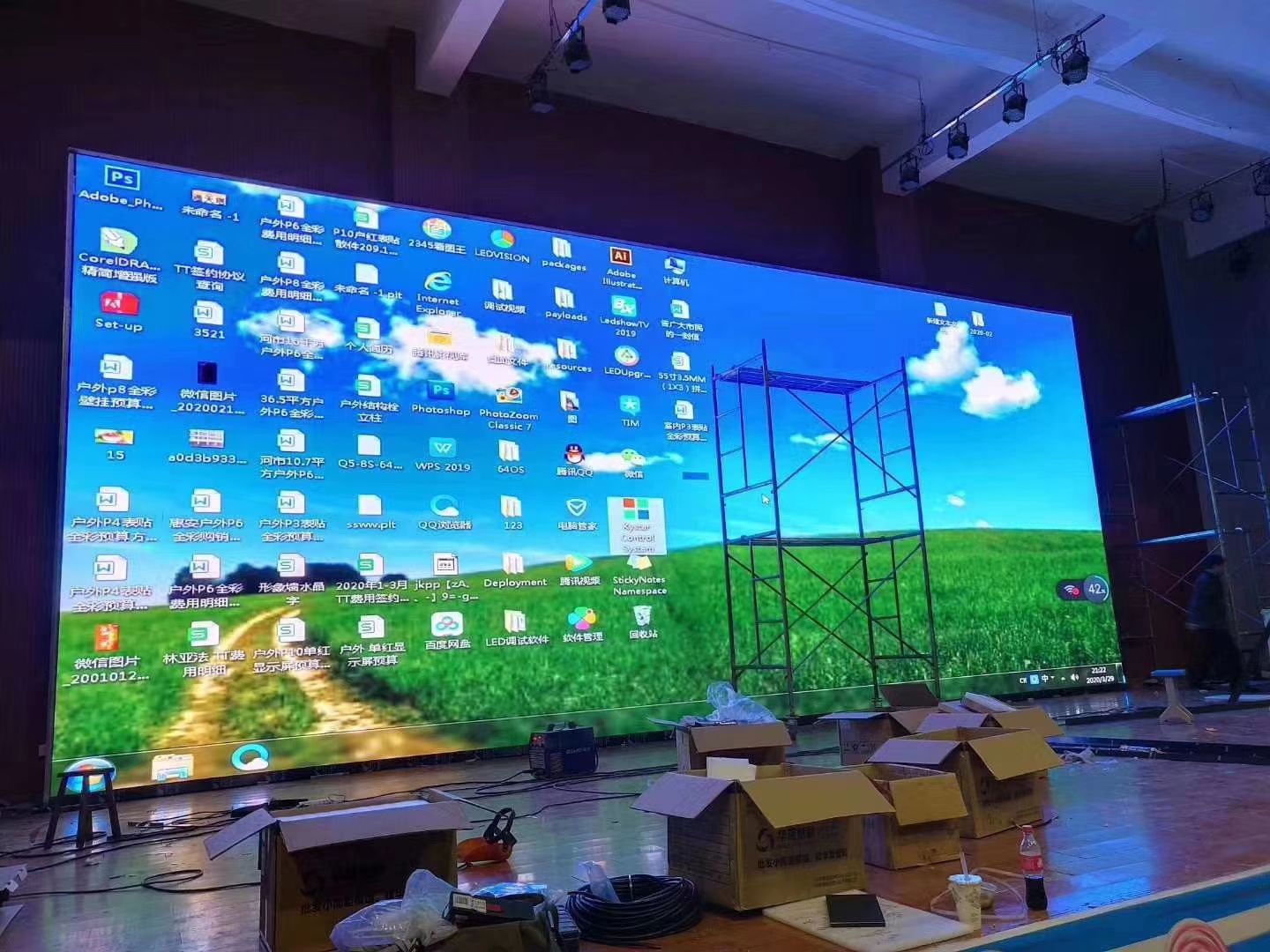Novel Methods to Enhancing Wireless Linkage Systems for LED Panel Screens.
Wiki Article
Wireless communication solutions for LED wall screens have redefined the way we utilize visual displays in various settings, such as live events, corporate gatherings, and advertising. These panels, known for their vibrant colors and high clarity, rely heavily on stable wireless networks to function optimally. As technology continues to evolve, cutting-edge strategies are being engineered to optimize these wireless solutions. This article will examine some of the latest strategies aimed at improving wireless connectivity for LED wall panels.

One significant method to improving wireless connectivity is the use of next-generation antenna technology. Antennas play a vital role in sending and receiving signals between components. By employing adaptive antenna arrays, which can adapt their direction and beamforming pattern based on the surroundings, manufacturers can greatly enhance signal strength and stability. This dynamic tuning helps minimize interference from other electronic systems and barriers, leading to sharper video quality and more consistent connections for LED wall displays.
Another innovative strategy involves implementing mesh networking systems. Unlike conventional wireless configurations that depend on a single router, mesh systems consist of multiple connection points that work together to extend the internet connection over a larger area. This structure guarantees that LED wall screens receive a steady signal regardless of their location. In spaces like arenas or large exhibition halls, where physical obstructions may interfere with signals, mesh technologies provide a more robust solution by ensuring signal integrity even in crowded environments.
In addition, integrating edge computing into wireless connectivity can enhance performance for LED wall panels. Edge computing allows data processing to occur closer to the source of data generation rather than depending entirely on centralized data centers. By processing data near the LED wall panels, the system reduces latency, resulting in faster response times and smoother video playback. This development is especially beneficial for applications that demand real-time updates or interactive features, making presentations more immersive for viewers.
Finally, adopting new transmission standards can also enhance wireless network performance for Light Emitting Diode wall panels. Protocols such as 802.11ax and fifth-generation wireless offer greater bandwidth and accelerated data throughput compared to earlier standards. These advancements enable multiple units to connect concurrently without sacrificing performance. As LED wall panels are often more info here used in conjunction with other smart devices, implementing these advanced protocols ensures that all systems can interact seamlessly, leading to an significantly improved user interaction.
In conclusion, the enhancement of wireless connectivity technologies for LED wall panels is crucial as technology continues to advance. Through innovations such as smart antennas, mesh networking architectures, edge computing implementation, and new data transmission standards, producers can deliver better performance and reliability. These approaches not only improve the functionality of LED wall panels but also next page elevate the visual displays they deliver across multiple settings. As these advancements continue to progress, viewers can anticipate even more cutting-edge displays in the coming years.